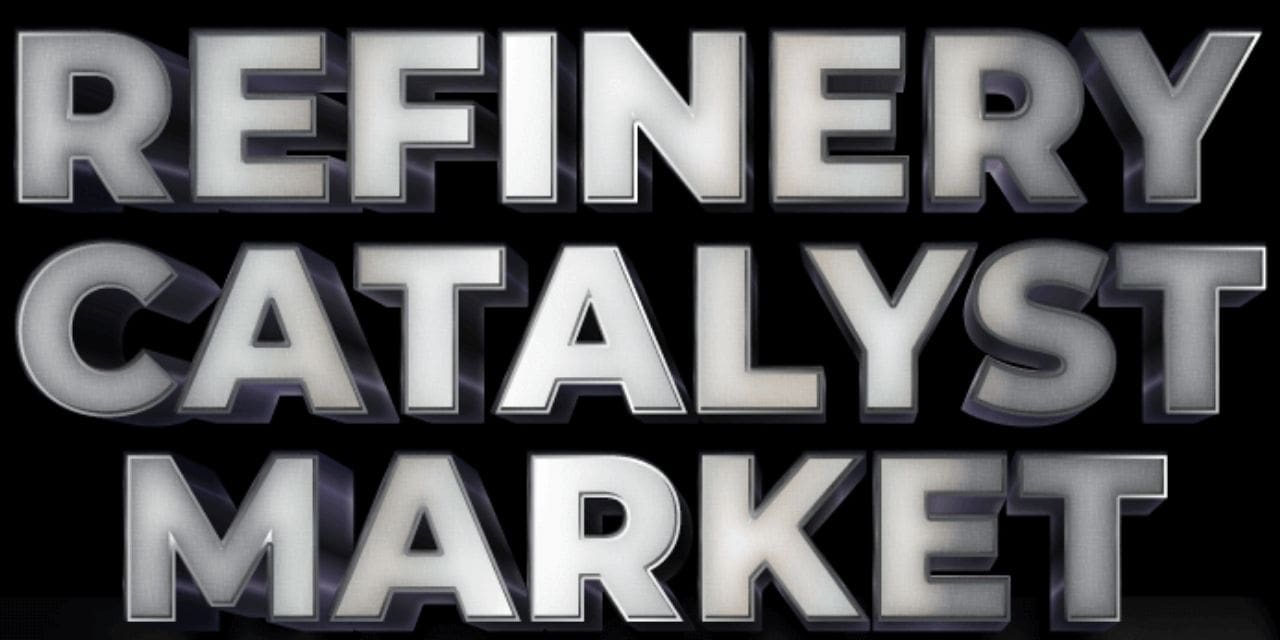The report “Refinery Catalysts Market by Type (FCC Catalysts, Hydrotreating Catalysts, Hydrocracking Catalysts, Catalytic Reforming Catalysts), Ingredients (Zeolites, Metals, Chemical Compounds), and Region – Global Forecast to 2029 “, is projected to reach USD 6.8 billion by 2029, At A CAGR Of 4.0% From USD 5.6 billion in 2024. The Refinery Catalysts market is driven by increasing industrialization and urbanization. The increasing application of refinery catalysts in oil refineries to produce high quality fuels with low emissions is significantly influencing the market. Refinery catalysts are used to enhance the chemical reacting rates in petroleum refineries without undergoing any permanent chemical change. Increasing population and expenditure parity in developing countries like India, China, and Indonesia are influencing the growth of automotive sector. This is directly driving the demand for high octane fuels and petroleum products in the region. Refinery catalysts are used in the production of these fuels.
Browse
• 231 Market data Tables
• 57 Figures
• 221 Pages and in-depth TOC on “Refinery Catalysts Market – Global Forecast to 2029″
• 57 Figures
• 221 Pages and in-depth TOC on “Refinery Catalysts Market – Global Forecast to 2029″
Some of the prominent key players are:
- Albemarle Corporation (US),
- W R Grace (US),
- BASF (Germany),
- Haldor Topsoe (Denmark),
- Honeywell UOP (US),
- Clariant (Switzerland), and many more….
Driver: High octane number requirement
High octane fuels are essential for improving the engine performance and efficiency of vehicles. In recent years, the requirement of high-octane fuel is significantly increasing due to increasing awareness and growing consumer expenditure. These fuels are essential in resisting knock backs, which can damage engines. In addition, they improve the overall combustion process in modern, high-performance engines. These factors are in line with the growing demand of high-performance vehicles. They also help in increasing fuel efficiency and regulating emission. For producing high-octane fuels, refiners use advanced catalytic processes such as catalytic reforming and isomerization. High quality catalysts are needed for refining high-octane fuels. The growing need for such fuels is driving the refiners develop advanced catalyst technologies. This will directly drive the refinery catalyst market.

